Ince Minaret Madrasa is a 13th-century madrasa (Islamic school) located in Konya, Turkey, now housing the Museum of Stone and Wood Art noted for its ornate entrance, domed courtyard, ornamentally bricked minaret, partially destroyed in 1901, and exemplar Anatolian Seljuk architecture.
Ince Minaret Madrasa was commissioned in 1265 by the Seljuk vizier Ṣāḥib ‘Aṭā Fakhr al-Dīn ‘Alī, who was one of was one of two major patrons of architecture in Konya in the decades after the city’s recapture from the Mongols. Upon his death in 1285, he was buried in his “mosque complex” within the city
The Ince Minaret Medrese is built close to the old center of Seljuk rule, at the foot of the citadel hill in Konya. The complex of the medrese is approximately 23.60 meters by 20.30 meters, or about 77.4 feet by 66.6 feet. In the center of the rectangular complex is a dome-covered courtyard which is surrounded by the rooms of the medrese, or Islamic religious school, on the north, south and west sides. The student rooms are located on the north and south sides of the centrally-placed dome and the medrese’s classrooms are located on the west side. On the east side of the courtyard is a single-domed mosque with the minaret with two balconies, or şerefes in Turkish, on the south-eastern corner. The courtyard includes a single iwan facing the entrance, or a courtyard space with barrel-vaulted halls and rectangular and square side chambers, which emulates an ancient Persian rectangular space layout that became a standard type during the era of Seljuk Anatolia.
Typical of medieval Islamic architecture, the integration of the mosque into the medrese’s architectural plan is evidence of the complex’s multitude of purposes as a religious place of worship and of teaching. The exterior of the complex is made of cut stone, the outer side walls are made of rubble and stone, and the interior uses brick for structural and ornamental purposes. The use of brick decoration was a common feature of Seljuk buildings due to its connections to traditional Anatolian brick architecture.

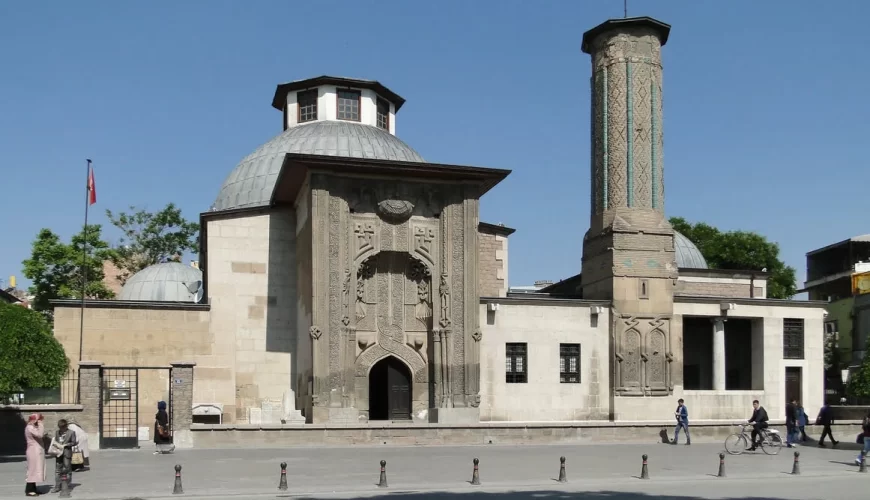

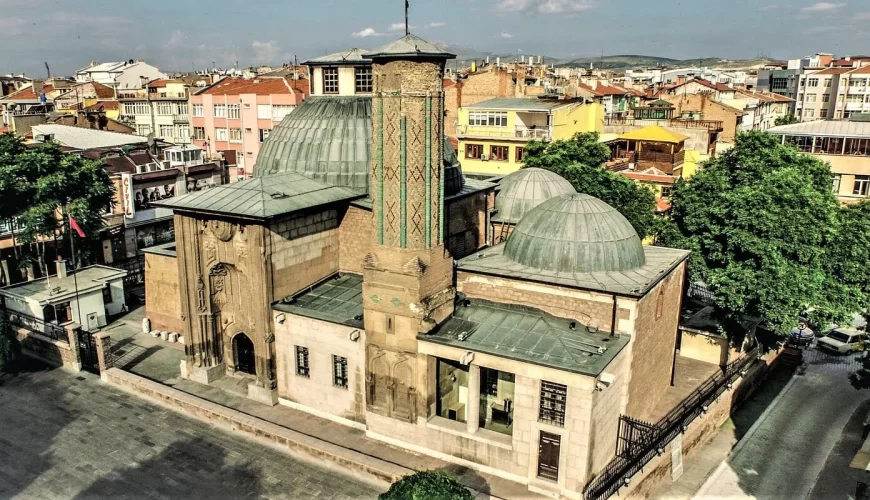
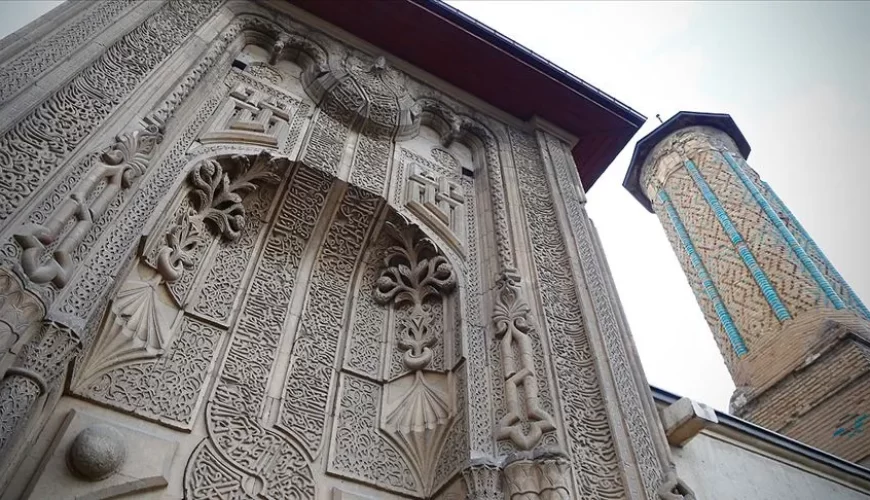
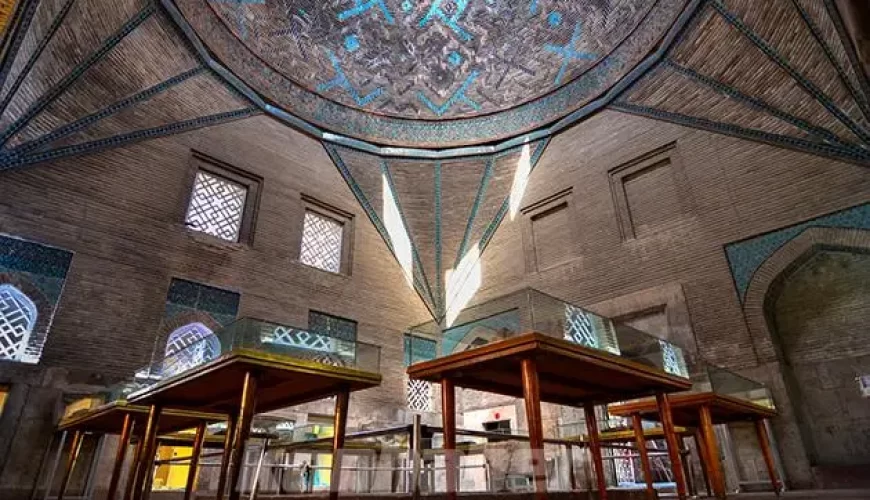
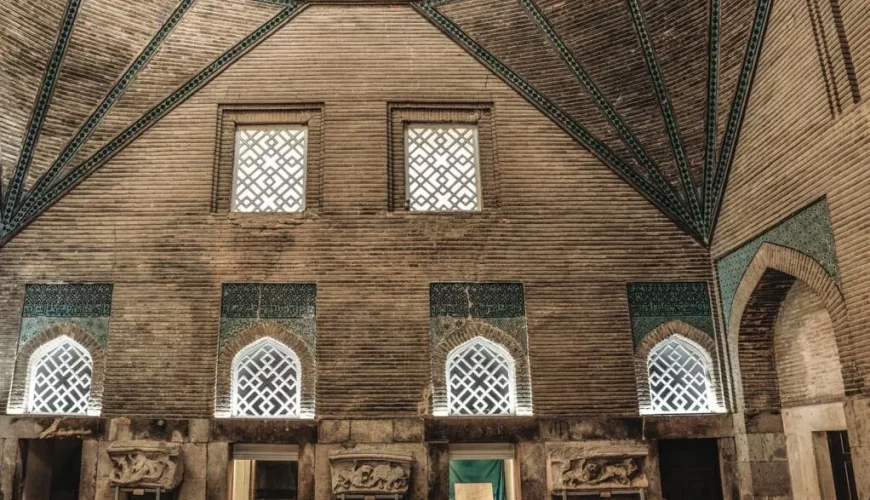
Comment (0)